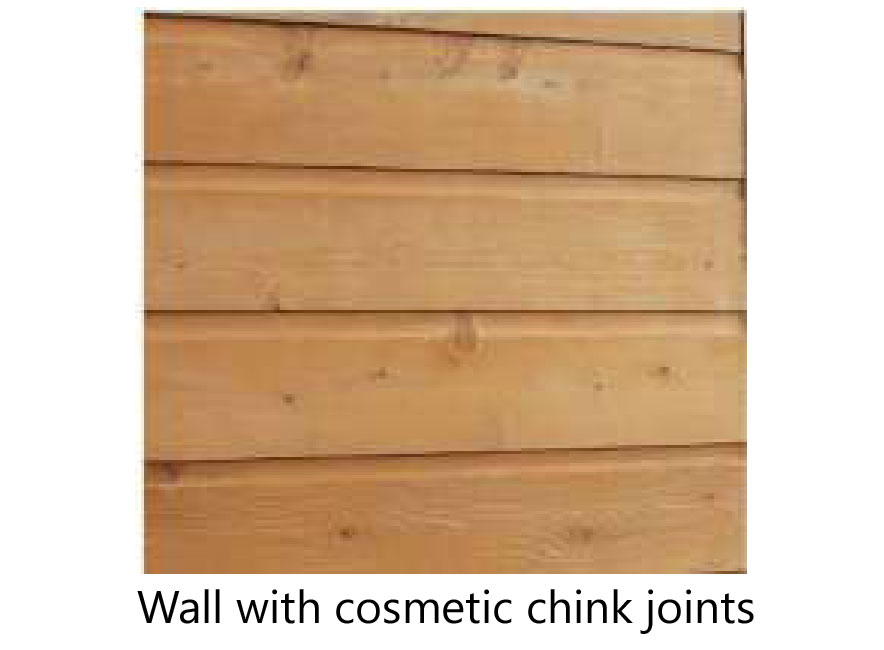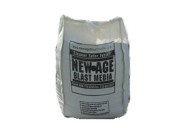 Perma-Chink Systems, Inc
Log & Timber Home Care Experts
Perma-Chink Systems, Inc
Log & Timber Home Care Experts
Michael
Before we get started, let’s look at the difference between shakes and shingles. In many cases the terms are used interchangeably but regional differences do exist. Nationally you will find shake roofs and shingle-sided homes as well as vice-versa. It’s more a matter of semantics than definition.
Occasionally we get a call from someone with an older log home who wants to “seal and protect” their logs but does not wish to remove the gray patina that has built up over the years.
Typically they think that some type of clear finish can be applied to their home which will keep water from penetrating into the wood and help retard wood erosion due to sun, wind, and rain. The truth is that there is no clear exterior product that will meet their expectations.
Over the past several years we have discovered many things about cleaning wood and existing finishes. First and most importantly is that chlorine bleach is not the best product to use. In addition to its potential for damaging the finish and bare wood fibers, its use and misuse contribute to specific problems including the loss of film adhesion, discolorations due to tannin extraction, streaks, blotches, and premature failures of the finish system. We have also discovered that many wood and deck cleaners available at paint and hardware stores, home improvement centers and Do-It-Yourself outlets contain components that interfere with the proper performance of our finish systems.
Chink Paint™ is a high quality, elastomeric latex paint used to refresh or change the color of your log home chinking. Chink Paint is available in all eight standard colors of Perma-Chink® in either a textured or smooth finish (with or without aggregate, respectively). This difference provides the customer a choice as to whether or not they would like to add additional texture to the appearance of the chink joint.

A number of log home manufacturers offer squared log homes with cosmetic chink joints. Although, some owners of these style homes ignore cosmetic joints and just stain over them. Others like the look of a chink-style home, which may be the reason that they bought the home in the first place. For these cosemetic joints, do homeowners need to use Perma-Chink® or can Chink Paint™ be used instead?
We've all done it - slapped on a coat of paint, then looked at the fresh paint and the old paint, realizing they're quite a bit different in color. Panic ensues, until the new paint dries and it blends in perfectly with the old color. This situation can occur with Check Mate 2, which does dry darker in color that when initially applied.
Although the color of Check Mate 2® may be apparent right out of the tube (gray verses brown, for example), the final shade of the color will not be evident until the Check Mate 2 has had a chance to dry. The picture below helps show what happens.
The most important step in finishing wood - whether it is a log wall, a piece of log siding, or even a piece of wood furniture - is the surface preparation prior to applying a finish system to the wood surface. This important message has been communicated by Perma-Chink Systems for many years. The reason this topic is so important is that this step, or process, has an impact on the longevity and durability of the system. More specifically, an unclean wood surface and the presence of foreign substances interfere with the direct surface contact of the coating with the wood substrate; furthermore, it will impact the adhesion properties of the finish in a negative manner as well as present a good possibility that wood discoloration will be a topic to deal with in the future.
 Carpenter bees are big, black, solitary bees that look similar to bumble bees but have bare, shiny backs, unlike the hairy back of a bumble bee. Unlike honey bees that reproduce in hives, carpenter bees drill into wood in order to lay their eggs. Their holes are perfectly round and about 1/4 inch in diameter. Although carpenter bees prefer softwoods such as cedar, redwood, or cypress, they happily attack pine and most other species of wood. Even pressure treated wood is not immune from carpenter bee attack.
Carpenter bees are big, black, solitary bees that look similar to bumble bees but have bare, shiny backs, unlike the hairy back of a bumble bee. Unlike honey bees that reproduce in hives, carpenter bees drill into wood in order to lay their eggs. Their holes are perfectly round and about 1/4 inch in diameter. Although carpenter bees prefer softwoods such as cedar, redwood, or cypress, they happily attack pine and most other species of wood. Even pressure treated wood is not immune from carpenter bee attack.
As the bee drills into the wood, coarse sawdust may be seen coming out of the hole and piling up beneath. Since it only takes a couple of hours for a carpenter bee to drill a hole a few inches deep, lots of holes can appear over a fairly short period of time.
If you live around trees, and most people do, you probably have carpenter ants around your home. Carpenter ants are typically large ants, although the size of the workers can vary in a single colony. Finding a few carpenter ants in your home each week is not necessarily a sign that you have an infestation. Foraging ants roam far and wide looking for food and an occasional ant trapped in a sink or bathtub is quite common. If there are trees close to your home, ants can fall or be blown off the trees onto your roof. They may end up trapped within your home during their journey back to their nest.
“My log home is around 2000 square feet. How much stain will I need?”
Often that’s all the information a customer has available when they first call Perma-Chink Systems. When people talk about the square footage of their home, they are usually referring to the floor area that may or may not include a garage. But does this number give us enough information to make an estimate of how much stain and topcoat will be required to finish a home?
New Age Blast Media Available Sizes
Call 1-800-548-3554 to Order
Features
- Made from recycled glass
- Superior to corn, walnut, sand or soda media
